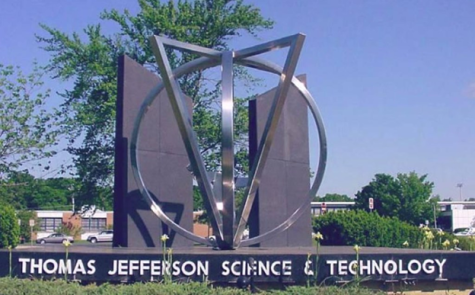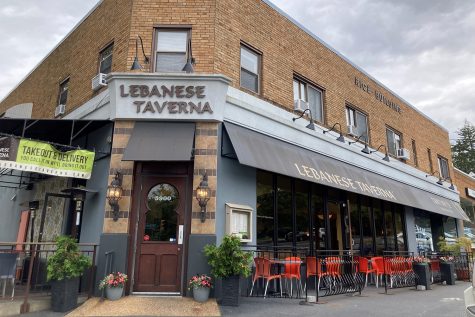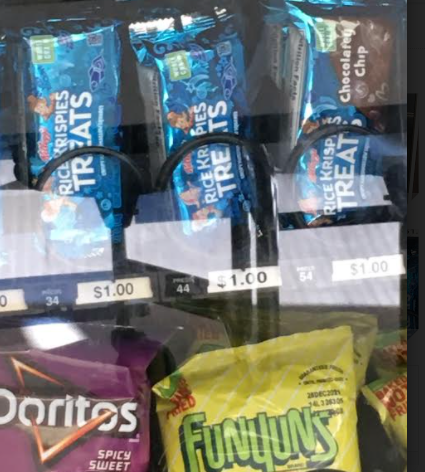Longfellow Students Reflect Global Holiday Traditions
Whether it’s decorating Christmas trees or baking cookies, everyone has their own holiday traditions. With winter break rapidly approaching, we take a closer look at how some of Longfellow students’ and their families celebrate.
The holidays are a great way to bring families together and share this special time of the year with the people you love.
“I feel like we’re a lot closer around Christmas time,” said eighth grader Samar Haddad.
Samar enjoys celebrating Christmas with her family each year. Oftentimes, her family will visit from Greece, Dubai, and London to celebrate together. Every year, she decorates for Christmas the weekend after Thanksgiving with her parents and siblings to kick off the holiday season.
Assia Lazizi, also an eighth-grader, agrees that Christmas is a great time to be with family and practice traditions passed down through generations. She enjoys taking part in many Danish customs, like making Julehjerter, little paper heart ornaments with pockets for nuts or raisins, and listening to Danish Christmas music. Her favorite part of celebrating Christmas is giving and receiving gifts.
“It’s really fun to find something for a person that can be special for them,” Assia said.
Besides Christmas, Hanukkah is also celebrated this time of year. Eighth grader Julia Schilkraud celebrates with an annual Hanukkah party with her family and friends. They exchange gifts and enjoy food cooked in oil like sufganiyot (similar to jelly donuts) and latkes (potato pancakes).
Oil is a huge part of the holiday. According to Jewish tradition, the Maccabees (rebels against foreign oppression in ancient Israel) were only supposed to have enough oil to light the menorah for one night, but it ended up lasting eight nights.
“It’s like if your phone was at one percent, but it lasted eight days,” says Julia. Jewish students and their families light a candle on the Hanukkiah every night of Hanukkah to commemorate this miracle.
Many students have mixed traditions in their families. Eighth grader Ela Patel-Euler celebrates both Hanukkah and Diwali since her dad is Jewish and her mom is Hindu. National Geographic explains that Diwali is celebrated over five days. On Dhanteras, the first day of Diwali, Ela and her family wash coins for Lakshmi, the goddess of wealth. She also celebrates Diwali Eve by lighting candles, having a fancy dinner, and setting off fireworks. Her favorite part of the holiday is seeing her family and lighting the little lights and candles.
“They’re so pretty to see around the house, and it just looks really poetic,” says Ela. “The mythology behind the holiday is the god, Rama, who came home to his city, Ayodya, after killing the demon, and so everybody lit lights for him, to lead his path.”
A more recent addition to the holiday festivity is Kwanzaa. According to History.com, Kwanzaa was created by Dr. Maulana Karenga in 1966 to bring together the African American community in December. Kwanzaa is often celebrated with a large traditional meal, music, dancing, and storytelling. There are seven nights of Kwanzaa. Each night, families will gather to light one of the candles on the Kinara and discuss one of the seven principles, called Nguzo Saba: unity, self-determination, collective work and responsibility, cooperative economics, purpose, creativity, and faith. The principles help contribute to building a strong community among African-Americans.
Students’ various holiday customs reflect the cultural diversity of Longfellow’s student body. It’s fun to learn about others’ holiday traditions (and maybe even create some new ones for your own family). Even though everyone celebrates their winter holidays differently, many agree that they are best when celebrated with the people you love and cherish.







